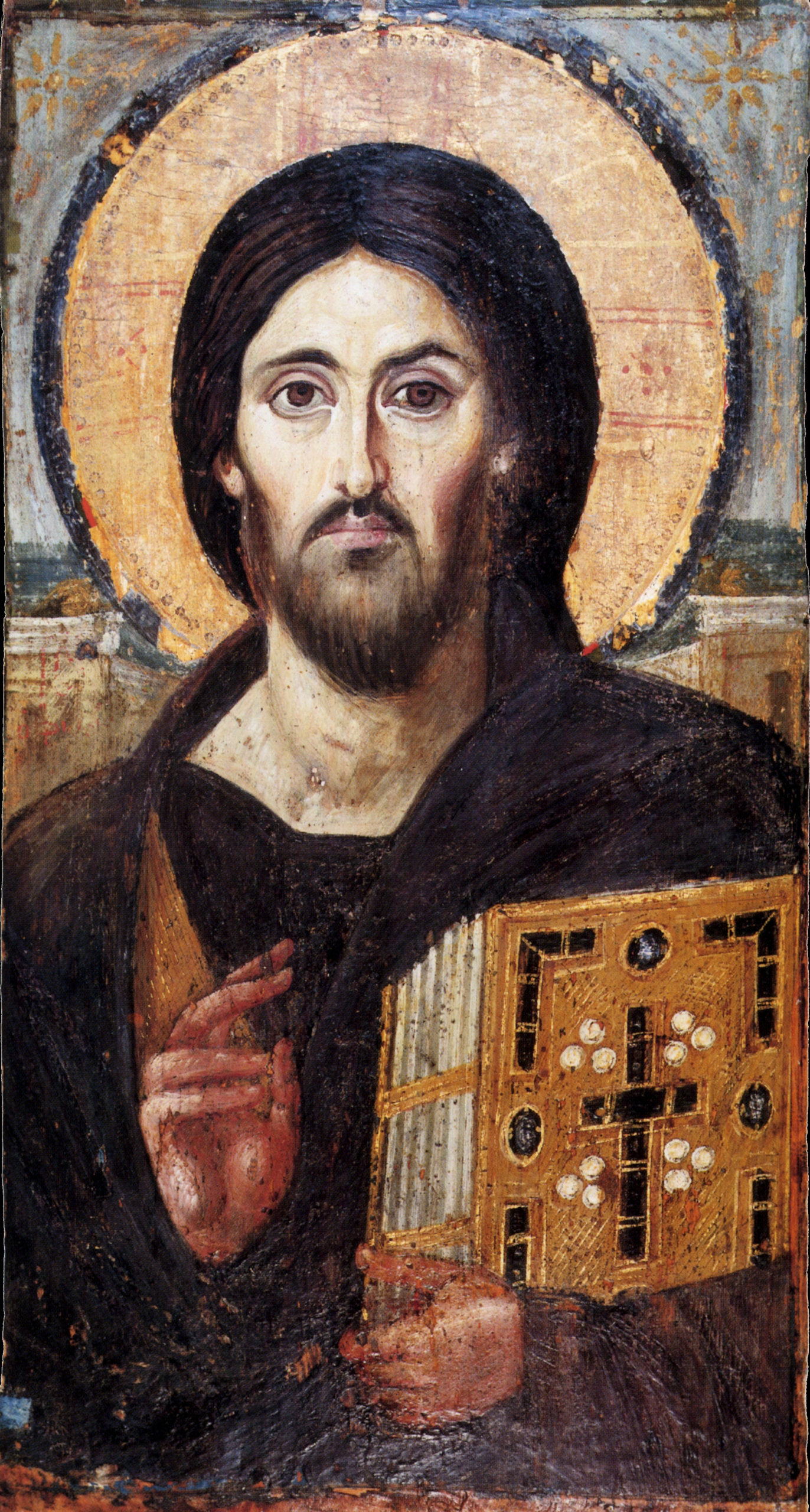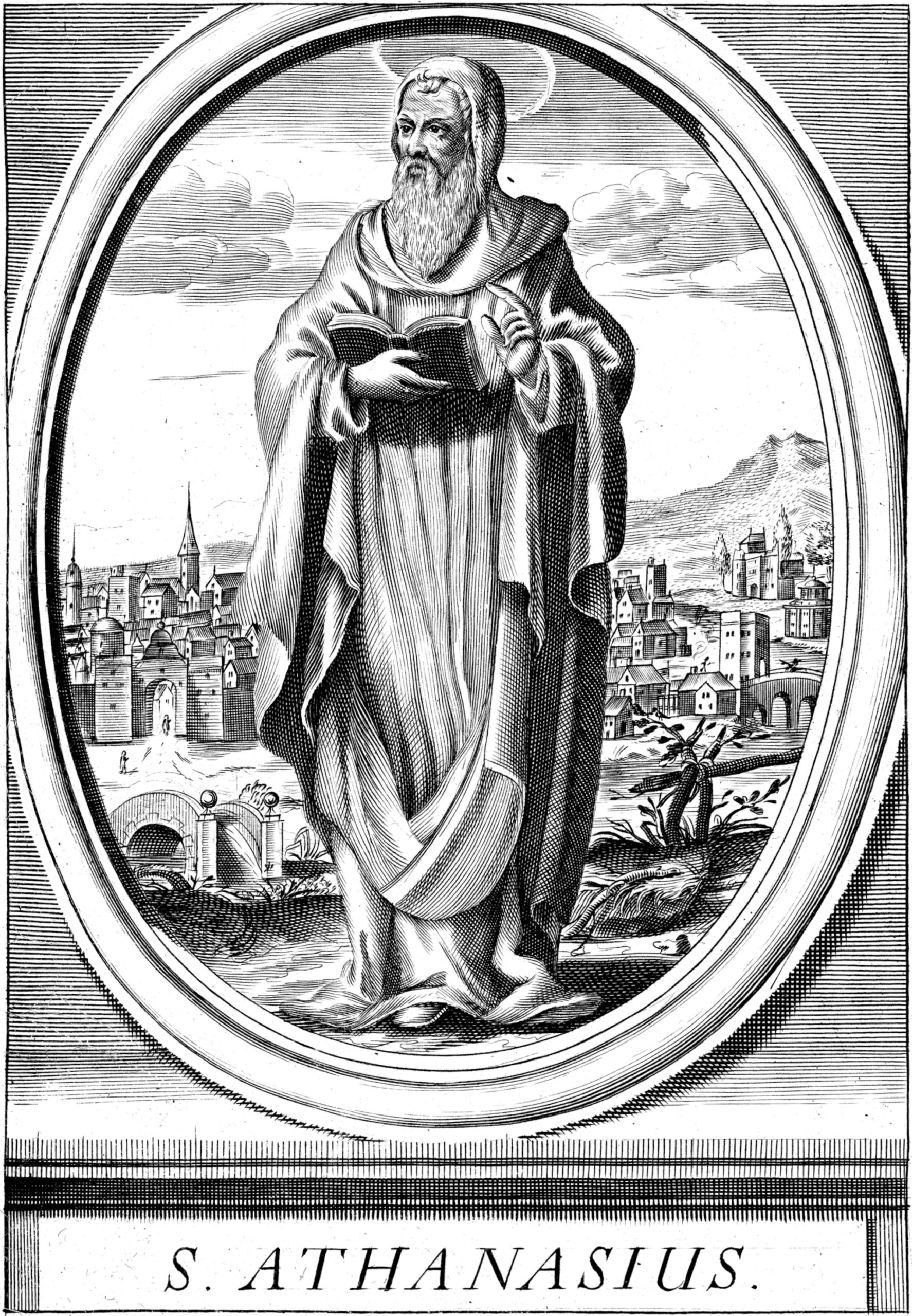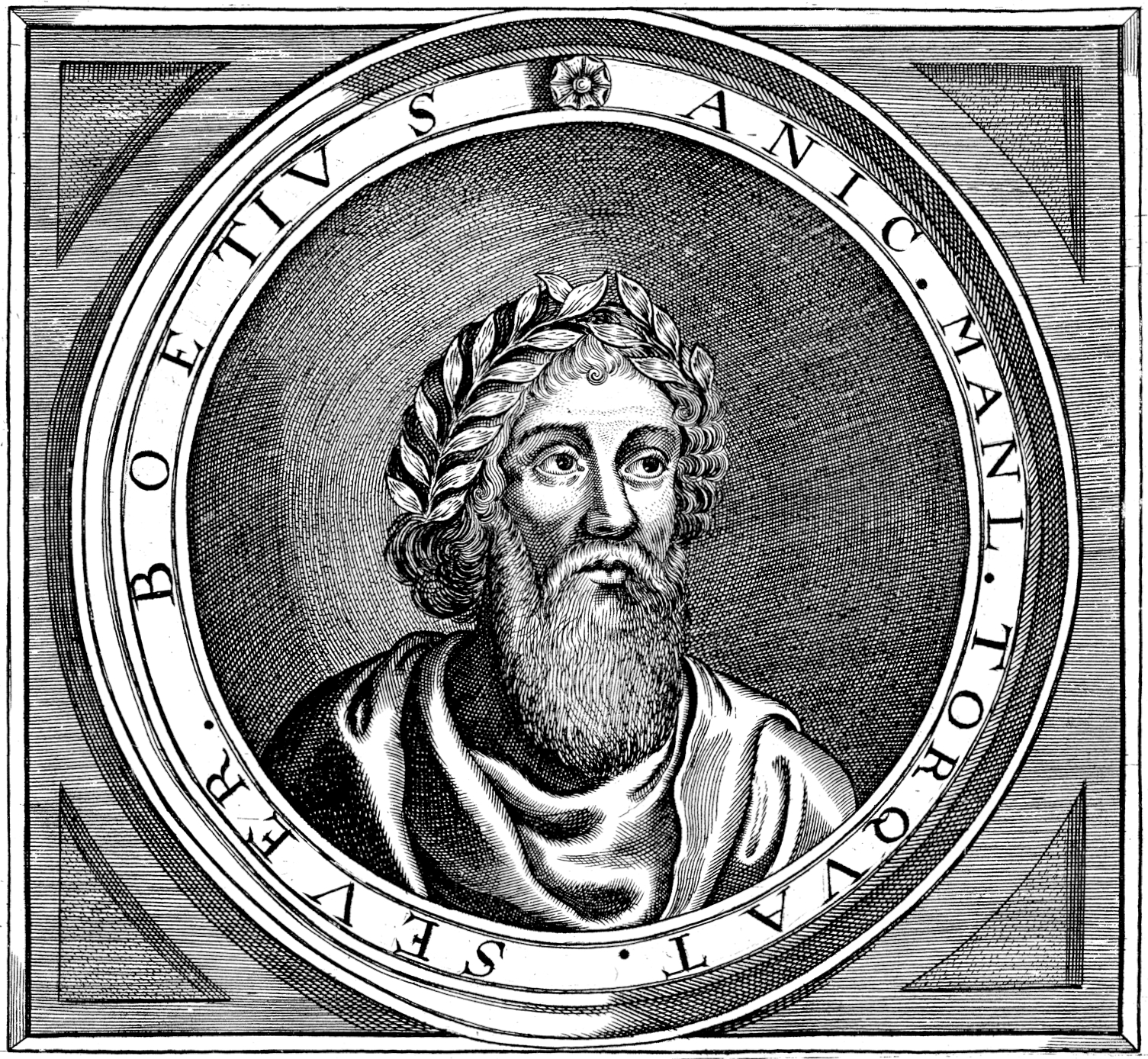Edith Hamilton’s Mythology (1942) is a classic about the classics. In her forward she states, “My hope is that those who do not know the classics will gain…not only a knowledge of the myths, but some little idea of what the writers were like who told them.” Across the decades, as knowledge of the classics has certainly waned, her book has become, in English, a definitive introduction to the mythology of the Greeks and Romans, and somewhat of the Norsemen as well. As this review is an introduction to an introduction to classical mythology, readers who already know these things may stop reading here.
Today our sense of ancient mythology, most often “Greek myths,” is something of a jumbled mess. Some stories have assumed an outsized importance in our collective consciousness relative to their place among ancient peoples; one thinks here of our readiness to categorize various sinful patterns of behavior under the archetype of Narcissus. On the other hand, we know next to nothing about the house of Atreus, unless we are fans of Dune. We know of Pandora and her box, perhaps; isn’t this just the Greek version of blaming women for the world’s ills? Maybe we catch the reference in the title of the book upon which a recent film was based, American Prometheus1–something about stealing fire from the gods? We’d probably know a Pegasus or a Trojan horse if we saw one, and then there’s the Disney version of Hercules (1997) and the Percy Jackson books and movies. Zeus and Jupiter might be familiar to us by name, but did we recall that these are different names (Greek and Latin) for the same god? And do we really remember the Titans?
To add to the confusion, all of the stories just mentioned have come down to us through a complex variety of literary sources spanning two classical cultures, the Greeks and the Romans. Among the Greeks there’s Homer’s Iliad and Odyssey, Hesiod’s Theogony, the tragedians, and the poets. Then the same gods (under different names) and similar stories appear in the literature of the Romans, for example Virgil’s Aeneid and Ovid’s Metamorphoses.
For several generations of English readers, Hamilton’s Mythology has proven helpful in both sorting the various stories into their proper places and order and also integrating them into the single story that many have known and loved in the West for centuries. In doing so, she provides a guide to those perplexed and curious, both about the stories and their classical sources. If you let her, she’ll tell you everything you need to know to begin, and then point you where to go next.
As to sorting the stories, she lays them out and expounds them in a semi-chronological order, beginning with the primeval stories of the Titans, the births of the gods, and the creation of mankind. The stories of familiar heroes—Perseus, Theseus, Hercules—come before the great cycle surrounding the Trojan War, which is followed by the accounts told often by the tragedians: the fates of the great houses of Greece in the eras following the war. This is followed by a collection of less important myths of the Greeks and Romans—here we find the well-known King Midas of the golden touch—and a final section introduces the mythology of the Norsemen. Thus, a place for everything, and every important story in its place.
As to integrating them into a single story, here I say that Hamilton really shines. She says that she “determined from the outset to dismiss any idea of unifying the tales,” yet her own talent with language weaves an epic in English that is more than the summary of its Greek and Latin parts. This is especially true of the story of the Trojan War—its lead-up, execution, and aftermath. As apparently many men today think often of the Roman Empire, so also many men in Greece and Rome often thought and wrote and sang of the fall of Troy. The story is told many times by different authors, with different twists and details, for different purposes. We likely associate the story with Homer’s Iliad, but consider Hamilton’s introduction to her chapter on Troy’s end:
The greater part of this story comes from Virgil. The capture of Troy is the subject of the second book of the Aeneid, and it is one of the best, if not the best, story Virgil ever told—concise, pointed, vivid. The beginning and end of my account are not in Virgil. I have taken the story of Philoctetes and the death of Ajax from two plays of the fifth-century (BC) tragic poet Sophocles. The end, the tale of what happened to the Trojan women when Troy fell, comes from a play by…Euripides. It is a curious contrast to the martial spirit of the Aeneid. To Virgil as to all Roman poets, war was the noblest and most glorious of human activities. Four hundred years before Virgil, a Greek poet looked at it differently. “What was the end of that far-famed war?” Euripedes seems to ask. Just this, a ruined town, a dead baby, a few wretched women.
So the story she tells is linked in our minds to Homer, but comes through her from Virgil, Sophocles, and Euripides; yet the credit for bringing the rhapsody alive in English belongs to Hamilton. It is not just correct and precise, but good reading, and good for reading aloud.
A few caveats are in order. First, a work like Hamilton’s could invite the misperception that Greek mythology and mythic history were for the Greeks and Romans what the Bible is to Christians: a written, authoritative canon of eternal truth. I say Mythology could invite that idea, but properly used could help dispel it. Suffice it to say, avoid the notion that in a book like this you have a compendium of a pagan bible. No such canonical text exists.
Second, purists may note that Hamilton sanitizes some of the stories. For example, Hesiod is certain that the Titan Cronus castrated his father Uranus with a sickle, and from the various discharges of this wound the Giants, the Furies, and Aphrodite were born. Hamilton simply says that Cronus “lay in wait for his father and wounded him terribly.” Of course, in a book for the young, this is appropriate euphemism; yet the loss of the graphic detail also seems part of Hamilton’s somewhat overstated humanistic perspective on Greek religion, that the classical stories are “worlds away” from the “dark picture” presented in other pagan mythologies. “What the myths show is how high [the Greeks] had risen above the ancient filth and fierceness by the time we have any knowledge of them.” This statement may be more true of Hamilton than of her sources.
Finally, these two caveats ask for a third: what is the value to Christians of knowing any of these things? After all, does not Paul say of these gods that “the things the pagans sacrifice they offer to demons” (1 Cor. 10:20)? And does not Christ himself call the altar to Zeus at Pergamum “the throne of Satan” (Rev. 2:13)? Yes. But references like these also suggest that some knowledge of classical antiquity is valuable for the student of the New Testament. Furthermore, in Hamilton’s Mythology, at least, the gods of the ancient nations lay defeated at our feet. What is more, in our hymnody, the thoughts of the pagan poets have been taken captive to Christ. This was brought home to me after our family devotions awhile ago. We often sing Paul Gerhardt’s evening hymn, “Now rest beneath night’s shadow” (LSB 880), and I was moved to look it up in the ever-handy Polack’s Handbook to the Lutheran Hymnal.2
The Lutheran Service Book has:
Now rest beneath night’s shadow
The woodland, field, and meadow;
The world in slumber lies.
But you, my heart, awaking
And prayer and music making,
Let praise to your Creator rise.
Which, says Polack, “is almost a verbatim translation” of Virgil’s Aeneid. He cites Book IV, 522 ff:
Night: and tired creatures all over the world were seeking slumber; the woods and wild waters were quiet, and the silent stars were wheeling their course half over; every field was still; the beasts of the field, the brightly colored birds, dwellers in lake and pool, in thorn and thicket, slept through tranquil night, their sorrows over, their troubles soothed. But no such blessed darkness closes the eyes of Dido; no repose comes to her anxious heart. Her pangs redouble, her love swells up, a great tide of wrath and doubt and passion.3
The reason Dido is awake, of course, is not to praise Christ, but because Aeneas, her lover, has left. She’s about to kill herself, and you can read all about it in Hamilton’s Mythology. But notice that Gerhardt works both by allusion and by contrast. His children’s bedtime hymn is a re-singing of Dido’s last, sleepless night, yet we can rest securely in Christ. This is how much of Christian appropriation of Greek and Roman mythology goes, and it’s good to know where these things come from.
1 The book is by Kai Bird and Martin J. Sherwin, American Prometheus: the Triumph and Tragedy of J. Robert Oppenheimer, Alfred A. Knopf, 2005. The film is Christopher Nolan’s 2023 biography Oppenheimer.
2 W. G. Polack, The Handbook to the Lutheran Hymnal, St. Louis: Concordia Publishing House, 1942.
3 From Rolfe Humphries, The Aeneid of Virgil: A Verse Translation, New York: Scribner’s Sons, 1951, page 106.




